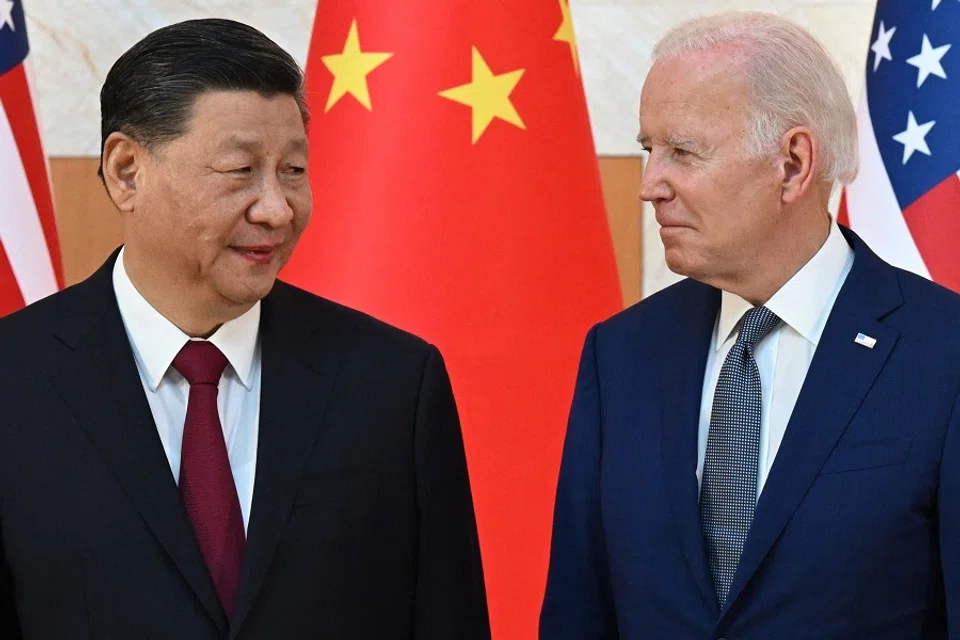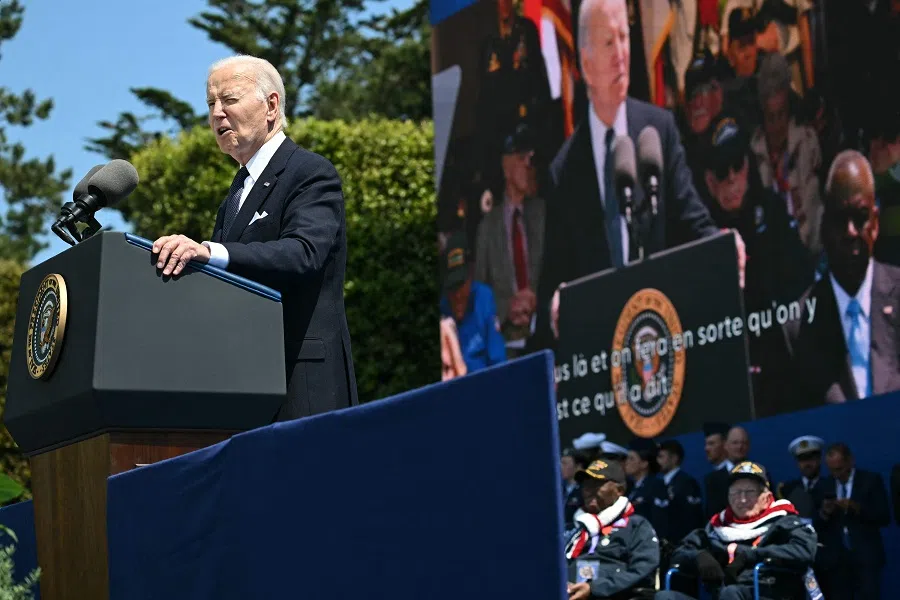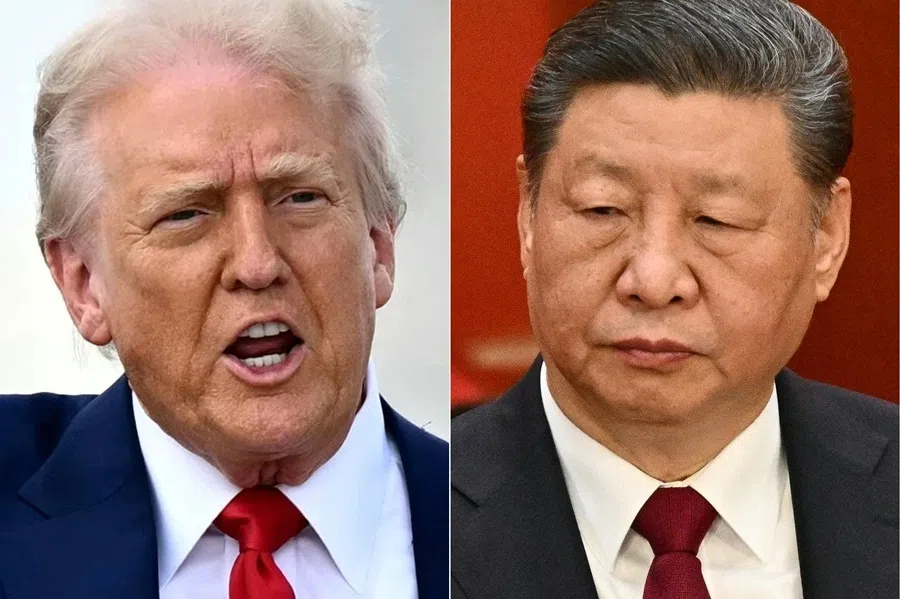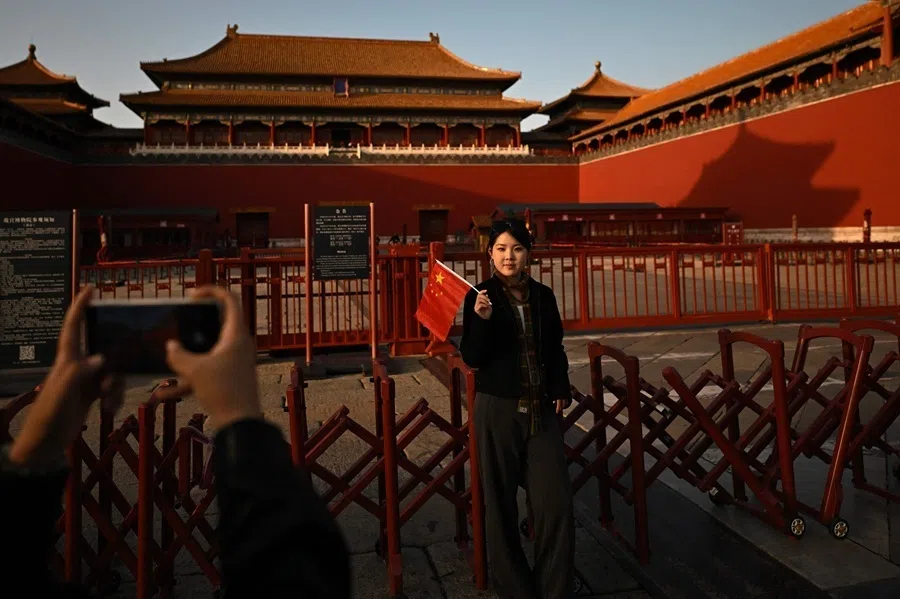America’s ‘breaking’ and ‘building’ of the world order
Academic Jin Kai observes that the US is still the only power with the goal, power and will to practice the construction of a world order. Seeing that the current world order no longer best serves its interest and it is now faced with unprecedented challenges from Russia and China, it will do what it takes to “break” the old order and “build” a new one. The other countries looking on can only adapt to the changes during this period of change.

On 27 May, the 9th China-Japan-South Korea trilateral summit was held in Seoul, South Korea. The meeting is timely, as subtle but critical geopolitical changes in Northeast Asia are taking place. China-Japan and China-South Korea relations are both suffering from a chill, while South Korea-Japan relations are showing some signs of warming up. Moreover, relations between the US and each of the three countries are undergoing significant changes. While locked in an all-out strategic competition with China, the trilateral ties between the US, Japan and South Korea are becoming more solid.
All signs indicate that fundamental changes may be occurring in the regional landscape or order. If so, through the prism of Northeast Asia, can we see that the regional and world order is changing? More specifically, is the US abandoning the current world order in favour of a new one that is more aligned with its interests in various regions, including Northeast Asia?
Great powers that make a world order
In international politics, the construction of world order has always been a product of great powers’ rise, struggle and sometimes compromise as well. Reviewing world history, it is not hard to see that only a few great powers had the goal, power and will to practice the construction of a world order.
One can think of the UK, which built the global colonial system during the colonial period; the US, which established and led the alliance system after World War II: and perhaps the former Soviet Union, which dominated the socialist camp during the Cold War. Strictly speaking, the former Soviet Union did not fully realise all its policy goals worldwide, even by the end of the Cold War.
... Washington has never retreated from its position of unilateralism, like it has never abandoned its time-honoured “exceptionalism”.
Despite stumbles here and there, today’s world landscape is still largely dominated by Western neoliberalism or the so-called post-Cold War “liberal order”.
US’s exceptionalism amid cooperation
Shortly after the end of the Cold War, especially when some regional powers coveted regional hegemony, the then Bush administration of the US wasted no time proposing the construction of a new post-Cold War world order.

Taking the US-led joint operation against Iraq in early 1991 as an opportunity, the then Bush administration envisioned and showcased a new world order in line with the values and national interests of the US, and regarded, theoretically, “collective security” and “cooperation among the major powers” (e.g., the acquiescence or cooperation of the still powerful former Soviet Union) as some major tenets of that order. Since then, the foreign policy and actions of the US have basically been in line with these frameworks.
Nonetheless, just as it retains dominance in NATO asymmetrically and tactfully, Washington has never retreated from its position of unilateralism, like it has never abandoned its time-honoured “exceptionalism”.
In discussing the new post-Cold War world order, Brent Scowcroft, then national security adviser to George H. W. Bush, once put it: “…collective security, as typified by the League of Nations and United Nations, was, in the end, no security at all.” Was this a foretelling that the US would one day abandon the current liberal world order that it had invested so much to build?
Renewed threats from the Russia and China faction
More than three decades have passed since the end of the Cold War, and the world has changed dramatically. The US perception of the current world order has also changed significantly. Maybe it is just the time for another turning point in history.
On 13 September 2023, US Secretary of State Antony Blinken gave a speech entitled “The Power and Purpose of US Diplomacy in a New Era” at the Johns Hopkins School of Advanced International Studies (SAIS). He made it clear that “…what we’re experiencing now is more than a test of the post-Cold War order. It’s the end of it.”
What has happened in the past 30 years that would allow the current US administration to publicly declare that the post-Cold War world order — the liberal order, one that the US has worked so hard to build — is coming to an end?
More prominently, it is their belief that “Beijing and Moscow are working together” and hence there is an urgent need to bring about a new world order that ensures “an open, free, prosperous, and secure world”.

In Blinken’s speech, crises and challenges such as “the wars in the former Yugoslavia; the genocide in Rwanda; 9/11 and the Iraq War; the 2008 global financial crisis; Syria; the Covid pandemic” were mentioned. Blinken also emphasised the challenges coming from Russia and China.
He described Russia’s invasion of Ukraine as the most immediate threat to the international order based on the UN Charter, and particularly viewed China’s efforts to “reshape the international order” as the most threatening long-term challenge. In the Biden administration’s view, China, unlike Russia, increasingly has sufficient economic, diplomatic, military, and technological power to change the world order.
More prominently, it is their belief that “Beijing and Moscow are working together” and hence there is an urgent need to bring about a new world order that ensures “an open, free, prosperous, and secure world”.
To this end, it is already undertaking the ongoing process of “renewing and deepening” and “weaving together” its alliances and partnerships, “building new coalitions”, and “bringing old and new coalitions together” to address global challenges.
US attempts at shaping the world order through foreign policy
While Blinken’s speech and several other recent pronouncements by the Biden administration have not clearly sketched out what a new world order might look like, the message is clear that the current world order no longer best serves the interests of the US. So, is a new world order on the horizon? Or, will it be an enhanced version of the current world order, that is, the liberal order version 2.0?
...“to build a new world order” has always been the consistent goal of US foreign policy, and there have thus far been roughly three such attempts or practices.

A change of administration might even make the change more stark. Hal Brands warned in his newly published article entitled “An ‘America First’ World” in Foreign Affairs magazine that Trump’s possible “return” would bring an “America First” world, which would lead to a series of destructive consequences to the “liberal order” and the US would ultimately regret.
This may remind us of a Chinese idiom: 破旧立新 (po jiu li xin), which means that “it is only through rupture that we can build something new”. Through a brief review of US foreign policy since the beginning of the 20th century, we may find that “to build a new world order” has always been the consistent goal of US foreign policy, and there have thus far been roughly three such attempts or practices.
The first was the idealistic idea of using the League of Nations to maintain the stability of the international community after World War I, put forward by then US President Woodrow Wilson. The second was the idea of using cooperation among great powers as the basis for United Nations to ensure the stability of the international community after the end of World War II, put forward by then US President Franklin Roosevelt.
Then, the end of the Cold War led to dramatic changes in the world and many regions. This brought both a “basic premise,” i.e., the fall of the Berlin Wall, and a “realistic and feasible opportunity,” i.e., the outbreak of the Gulf Crisis, for the US to design and practice the construction of a new post-Cold War world order.
Following the above historical lineage and logic, the drive behind the Biden administration’s attempt to abandon or “break” the post-Cold War world order and envision or “build” a new world order per the US vision and interests becomes clear.
Huge challenges to sustaining success
From the perspective of the international system, Washington’s construction of a new world order after the Cold War, by and large, has been successful. For example, the US-led alliance system has expanded beyond its traditional scope spanning both sides of the Atlantic Ocean, notably extending its reach towards the “East”.This includes the expansion of NATO in Eastern Europe, and even in Northeast Asia; South Korea and Japan have also long established partnerships with NATO.

And, the US has helped to build a massive global trading system, albeit one that is experiencing new shocks, by promoting the liberalisation of international trade and investment through the spread of free trade rules. Also, through its various diplomatic practices, both jointly and unilaterally, the US has established the legitimacy of the “rules-based order” in the current international system.
But the rapid evolution of the world situation over the past three decades, and particularly some structural changes within the international system in the past ten years or so (including, but not limited to, China’s extensive participation in the international system and its rapid rise within this system), are constantly “depleting” US strategic and policy resources. The crises and challenges highlighted in Blinken’s speech appear to have reached a point where they may have profoundly disrupted the foundations of the existing system and order.
In any case, the goal, power, and will of the US to “break” and “build” world order cannot be underestimated. Like it or not, when the US decides to do so, many countries, especially the US’s allies, must find ways to adjust and adapt.
US’s goal, power and will remain unchanged
Then, at least one thing remains clear: the goal of US foreign policy remains unchanged, the status of US dominant power largely remains unchanged, and the US’s strong will to establish a new world order remains unchanged.
That is, the goal of US foreign policy to strengthen US leadership around the world based on the revitalisation and growth of US national power has not changed. However, there seems to be no other path now to realise US foreign policy goals but to “break” the old order and “build” a new one, if the old one does not coincide with American values and interests.
So, what kind of new world order will the US strive to build in the coming years or decades? This will be a new and extremely important topic to follow in international politics.
In any case, the goal, power, and will of the US to “break” and “build” world order cannot be underestimated. Like it or not, when the US decides to do so, many countries, especially the US’s allies, must find ways to adjust and adapt.
How can other countries act?
For these countries, whether they are members of the Five Eyes Alliance with the US or regional key allies like South Korea and Japan in East Asia, they would choose their paths of adjustment and adaptation fundamentally based on their core, pure, and even sometimes “narrow” national interests, and nothing more.

We may find it increasingly difficult to comprehend the current world and regional situations as all that has changed so rapidly and dramatically. As the US and China are locked in an unprecedented strategic competition, the relationships between China, Japan and South Korea remain ever more complex, and we have good reasons to believe that one trilateral summit alone will not solve all the problems just among these three.
Perhaps to a considerable extent, in Northeast Asia at least, we will witness a period in which the old order is being deconstructed and a new one is crying out to be created.
The big question is: in the long term, how should China, Japan and South Korea act — individually or jointly (if that is even possible) — to tackle their issues, if there are signs that the US is likely to abandon the existing world order and build a new one?





